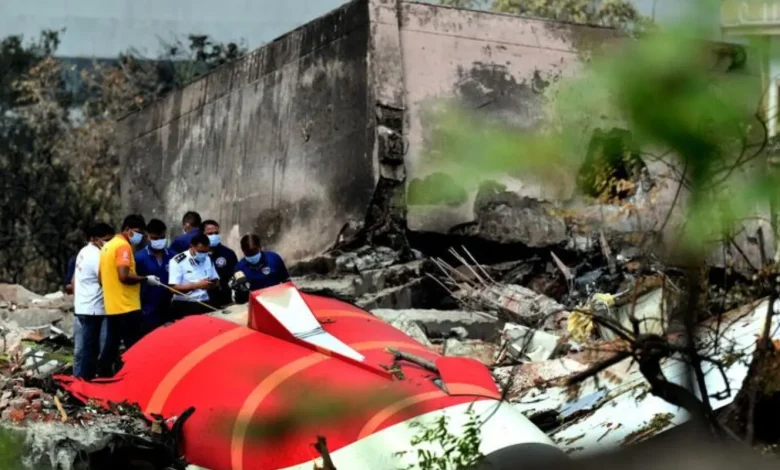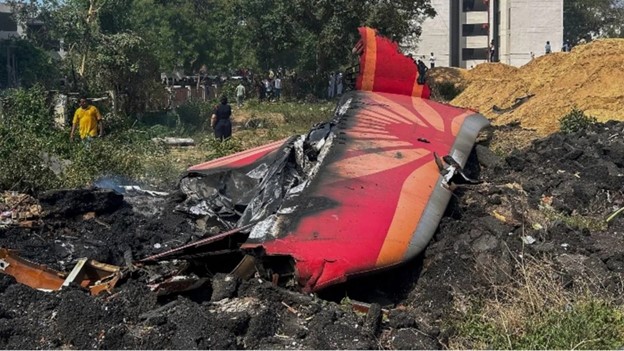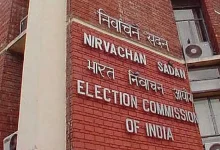Air India Flight AI 171 Crash Triggers Massive Multi-Agency Probe, Ahmedabad Airport Ground Handling Staff Questioned

Ahmedabad: In one of the deadliest aviation disasters in India’s history, Air India flight AI 171 crashed shortly after takeoff from Sardar Vallabhbhai Patel International Airport in Ahmedabad, killing everyone onboard except one survivor. The tragic crash has prompted a full-scale investigation involving national and international agencies aiming to determine the exact cause of the accident.
As part of the probe, authorities are closely scrutinizing ground operations at the Ahmedabad airport. All personnel involved in ground handling for the ill-fated flight have been questioned, and their statements recorded. “Phones of key staff members who cleared the aircraft for takeoff were seized for forensic examination,” a source familiar with the matter confirmed.
The Aircraft Accident Investigation Bureau (AAIB) is leading the investigation in coordination with the Gujarat Police, Airports Authority of India (AAI), and the Directorate General of Civil Aviation (DGCA). A multi-agency task force is working to uncover the chain of events that led to the tragedy.

International support has also been enlisted. Experts from the United States’ National Transportation Safety Board (NTSB), the Federal Aviation Administration (FAA), Boeing, and UK-based aviation specialists have arrived in Ahmedabad to assist in the inquiry. The NTSB is conducting its own parallel investigation under international protocol, as the aircraft involved was a US-manufactured Boeing 787 Dreamliner, marking the first crash of this aircraft model.
Investigators have already recovered two key components from the crash site: the Digital Flight Data Recorder (DFDR) and the Cockpit Voice Recorder (CVR). These black boxes are critical for reconstructing the final moments of the flight. The CVR captures cockpit conversations, alarms, engine noise, and switch sounds, while the DFDR logs vital parameters such as speed, altitude, thrust, autopilot activity, flap positions, and gear movements.
The NTSB, an independent federal agency known for its rigorous aviation accident investigations, is expected to submit a preliminary report within three months. According to All India Radio, the committee will also recommend updated standard operating procedures (SOPs) to help prevent similar accidents in the future.
Meanwhile, the process of identifying and handing over the remains of the deceased passengers to their families is underway, with DNA verification being conducted to ensure accurate identification.
This tragedy has sent shockwaves through India’s aviation community, and the country now awaits answers that might prevent such catastrophic events from happening again.




